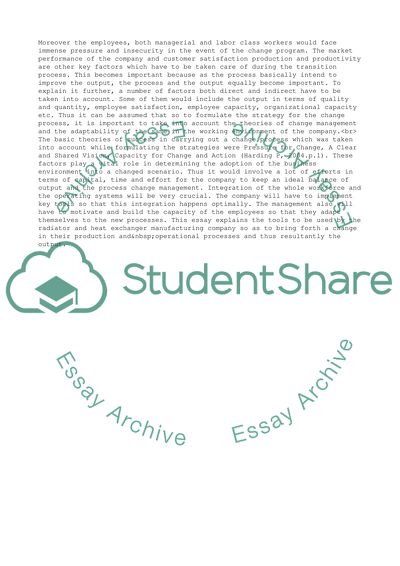Cite this document
(The Strategies Pertaining to the Management of the Operational Changes Essay, n.d.)
The Strategies Pertaining to the Management of the Operational Changes Essay. Retrieved from https://studentshare.org/management/1731861-process-improvement-coursework-essay
The Strategies Pertaining to the Management of the Operational Changes Essay. Retrieved from https://studentshare.org/management/1731861-process-improvement-coursework-essay
(The Strategies Pertaining to the Management of the Operational Changes Essay)
The Strategies Pertaining to the Management of the Operational Changes Essay. https://studentshare.org/management/1731861-process-improvement-coursework-essay.
The Strategies Pertaining to the Management of the Operational Changes Essay. https://studentshare.org/management/1731861-process-improvement-coursework-essay.
“The Strategies Pertaining to the Management of the Operational Changes Essay”, n.d. https://studentshare.org/management/1731861-process-improvement-coursework-essay.


